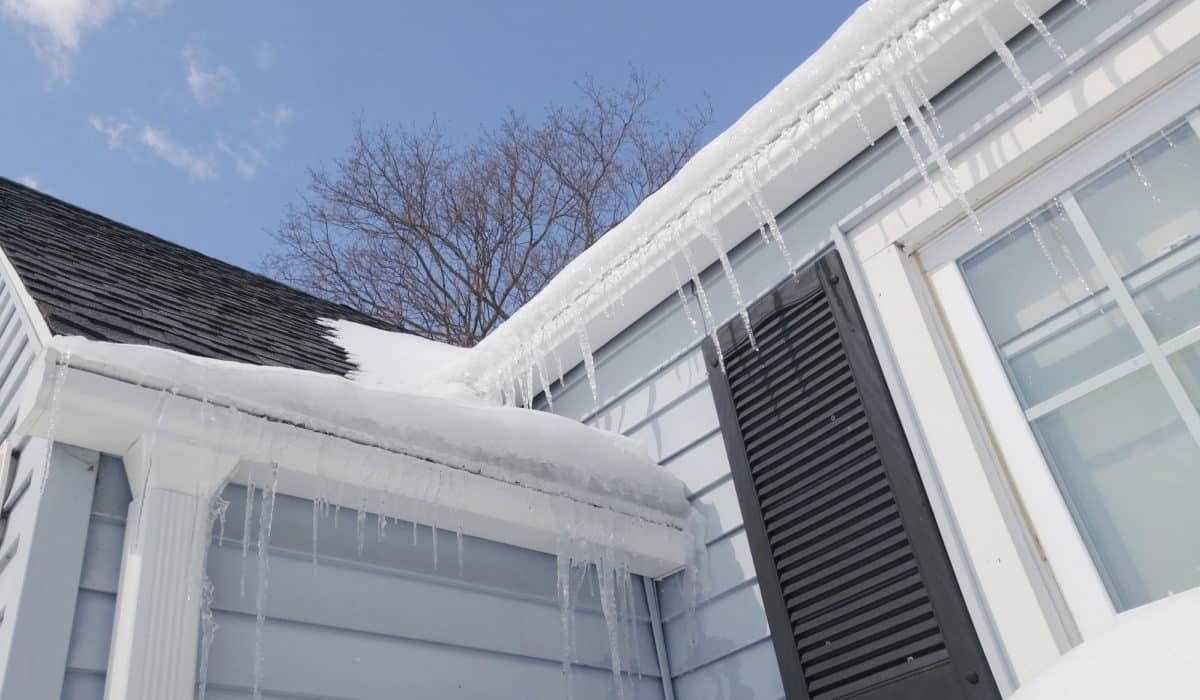- 0 Comment
Can I Replace My Roof in the Winter?
As the winter months approach, homeowners often find themselves wondering whether it’s feasible to replace their roof during this chilly season. After all, winter is known for its snow, ice, and frigid temperatures, which can make any outdoor project seem daunting. However, the answer to whether you can replace your roof in the winter isn’t a simple yes or no. Let’s delve into the factors to consider when contemplating a winter roof replacement.
1. Weather Conditions
One of the primary concerns with replacing a roof in the winter is the weather. Cold temperatures, snow, and ice can make the job more challenging for roofing professionals. However, it’s essential to remember that roofing companies have experience dealing with adverse weather conditions. They take necessary precautions to ensure the safety of their crew and the quality of their work.
Snow and ice accumulation can be a significant obstacle, but reputable roofing contractors will have strategies in place to remove these elements as they work. Additionally, modern roofing materials are designed to perform well in cold weather, so your new roof should be able to withstand the winter climate once it’s installed.
2. Roofing Material
The type of roofing material you choose can impact whether a winter replacement is a viable option. Asphalt shingles, one of the most common roofing materials, can be installed in colder temperatures, but extreme cold can make them more brittle and prone to damage during installation. It’s crucial to hire experienced roofing professionals who know how to handle the materials properly in winter conditions.
If you’re concerned about the impact of cold weather on your chosen roofing material, consider alternatives like metal or rubber roofing, which can be more forgiving in colder temperatures.
3. Contractor Availability
Another consideration for a winter roof replacement is contractor availability. Roofing companies tend to be less busy during the winter months, which could work to your advantage. You may have an easier time scheduling the job and possibly even get a better price since demand is lower.
However, it’s crucial to do your research and hire a reputable roofing contractor. Ensure they have experience with winter installations, as this can make a significant difference in the success of your project.
4. Potential Cost Savings
While winter roof replacement may pose some challenges, it can also offer potential cost savings. As mentioned earlier, roofing companies are typically less busy during the winter, which can result in more competitive pricing. Additionally, some suppliers may offer discounts on roofing materials during the offseason, further reducing your overall project cost.
5. Interior Protection
Before starting a winter roof replacement, consider the interior of your home. Roof work involves removing the old roof, which exposes your home to the elements temporarily. It’s crucial to take steps to protect your interior from potential moisture and temperature fluctuations during the project. A reputable roofing contractor will have a plan for minimizing interior damage, such as using temporary seals and tarps.
6. Timing and Planning
If you decide to go ahead with a winter roof replacement, timing and planning are key. It’s essential to schedule the project during a period of relatively stable weather to minimize interruptions and ensure the safety of the roofing crew.
In conclusion, while replacing your roof in the winter is possible, it requires careful consideration of several factors. The weather, roofing material, contractor availability, potential cost savings, interior protection, and timing all play crucial roles in the success of a winter roof replacement project. With the right planning and a reputable roofing contractor, you can replace your roof during the winter months and enjoy the benefits of a secure and well-protected home.

